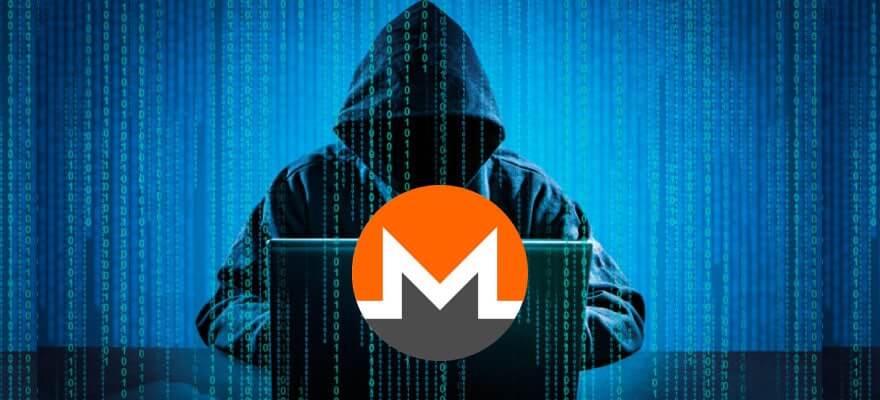Decentralized Privacy: Bitcoin To Monero Atomic Swaps Are Now Live
by Best Owie · · 3 minute read

Privacy has become more important in the crypto space as cryptocurrencies gain exposure. Transactions carried out on blockchains are forever etched into the ledger and can be viewed by anyone. This means that transactions can be tracked from a wallet to see where they end up, and on and on. Driving a growing need for more privacy in the cryptoverse.
Monero has been working on an atomic swap between bitcoin and the privacy coin for a while now. Recently, the team announced via Twitter that the atomic swaps are now live on the public mainnet. After Monero developer Seth posted that they had successfully carried out an atomic swap with an anonymous Bitcoiner.
Monero is an open-source, privacy-oriented, and decentralized cryptocurrency. But even transactions made with privacy coins can be tracked if one is determined enough. This is where Atomic Swaps come in. Atomic swaps enable two parties to exchange their cryptocurrencies without the need for a third party like crypto exchanges. It is a completely autonomous P2P transaction where the parties involved only deal directly with each other.
The goal is to allow parties from distinct blockchains to be able to trade with one another without the need for a trusted third-party. This process is also known as cross-chain trading. This is why the Bitcoin to Monero Atomic Swap going live is important.
Implications Of Atomic Swaps
The most prominent feature of Atomic Swaps is the anonymity they provide. While transactions can be traced on the bitcoin end, there is no way to trace it once swapped for Monero. This means that coins could potentially fall into the abyss that is Atomic Swaps never to be seen after being exchanged for privacy coins.
One argument against Atomic Swaps is their usability with carrying out crimes. Stolen coins can be exchanged using Atomic Swaps for privacy coins, which the perpetrators can then go on to sell on centralized exchanges with no problems. An example of this would be in the case of the Poly Network hacker. The address of the Poly Network hacker was tagged. Therefore, the hacker could not move these coins to sell on centralized exchanges as they would be confiscated.
One way the Poly Network hacker would have been able to spend their loot without consequences was using Atomic Swaps. The stolen crypto would be exchanged cross-chain for a privacy coin like Monero, completely clean, and the hacker would go on their merry way with their newly acquired privacy coins, which they can now swap for other crypto or sell for fiat.
On the flip side, Atomic Swaps provides total decentralization for users. One thing that governments could do with CBDCs is to program them so the currencies do not work for things they do not approve of. This could range from things like not being able to buy Bitcoin with your country’s CBDC to not being able to purchase a specific item because they’re restricted in the country.
In the first case, Atomic Swaps would provide a way for individuals to buy the cryptocurrencies they want without fear of being tracked by the government. Your currency is yours and you control what you want to exchange it for. This will be important going forward as more governments introduce legislation against the buying, selling, and use of cryptocurrencies in various countries.
The technology is new and the possibilities most likely endless. It’s the first of its kind on the network, so there are still kinks to work out as more users come in. But Atomic Swaps are here and they are working. Interested parties can read documentation for the Atomic Swap here. While Bitcoins can be swapped for Monero anonymously on unstoppableswap.net.
